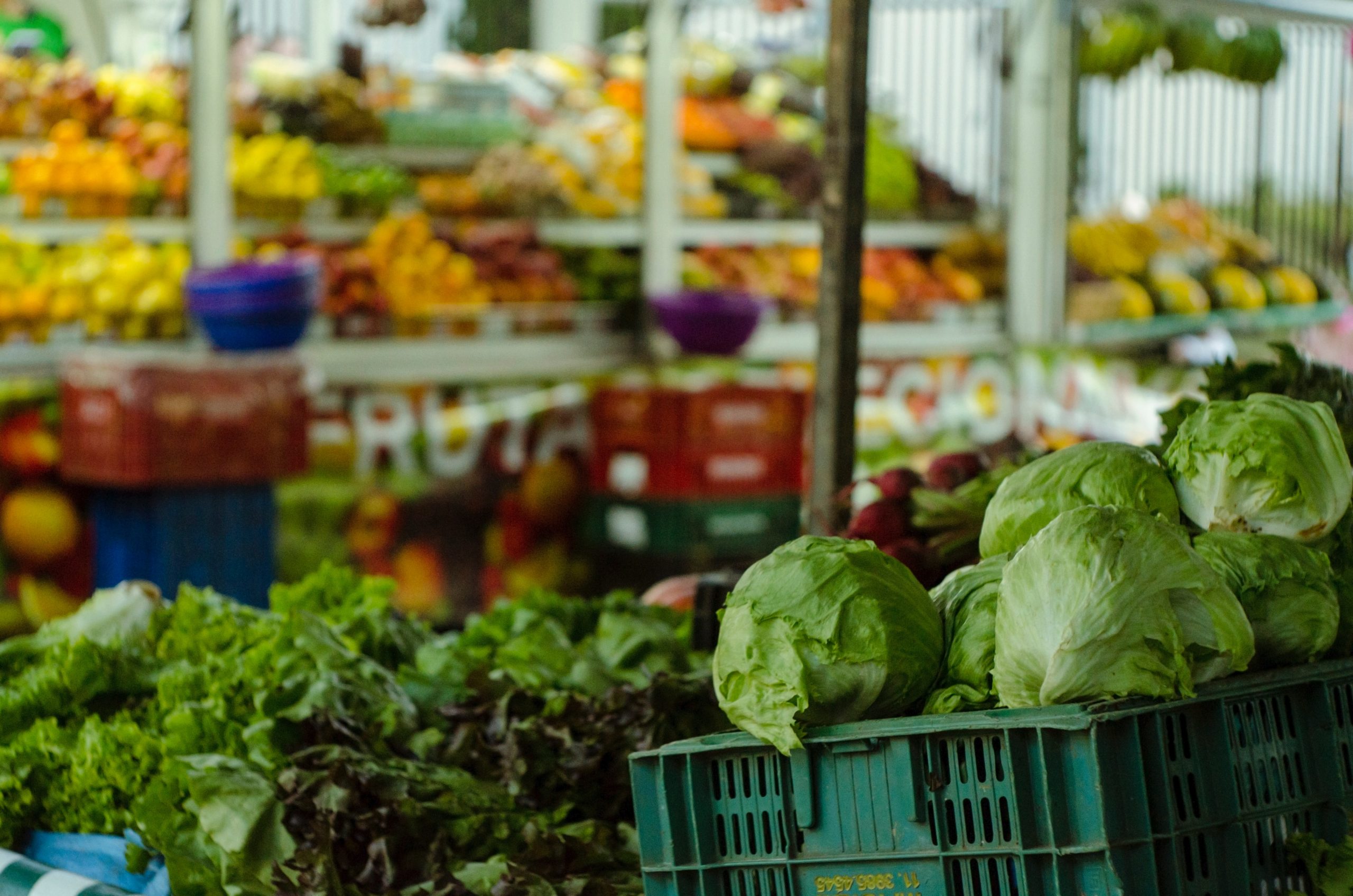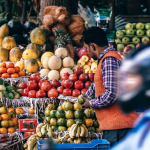We move 650 tonnes of fresh produce from Farms to Retailers in less than 12 hours!
Author: Anirudh Seksaria, Product Manager at Ninjacart. On a regular day, I deploy the might of technology and data science to solve some of the hardest problems to make our supply chain low cost, super-fast, boringly consistent and most importantly — reliable.
Table Of Content
Here’s an interesting story for all the “90’s kids” out there. Imagine walking to a local vegetable store to buy Fruits and Vegetables (FnV) for the day. That was a weekly chore for most of us while growing up. Personally, I was constantly intrigued by how the stock gets replenished at these small shops, each day. How did they manage to keep the items fresh? How were the margins determined? How did these perishable and delicate products arrive at the shop, neatly stacked, without damage?
. . .
At Ninjacart, we are trying to solve some of the most complicated structural problems, such as information asymmetry and distribution inefficiency in India’s fresh food supply chain using tech, data, and a bit of grit.
In this blog post, I articulate how our logistics is designed to deliver sustainable reliability, every day. The entirety of it will be divided into two parts, having speed and efficiency at the core of all the processes.
Let us begin with the first part of the story (the niche), involving how we procure from farmers, segregate the items in warehouses, and deliver to Distribution Centres inside cities. The second part of the story involves customer wise batching and dispatch. We will also look into the portion of reverse logistics as it is an important part of our logistics chain.

First Mile Delivery

A typical day at Ninjacart begins with farmers bringing in their produce to one of the Collection Centers (CC) in their respective villages (P.S.: we have 60+ CCs across India). At CCs, items are graded, weighed, batched, and dispatched to our Fulfillment Centers (FC). Depending on the distribution of these Collection Centers (CC), the capacity of each vehicle, and products sourced, our algorithms create an optimal route plan, set a dispatch schedule and fix arrival slots.
It all begins with an end to end meticulous planning by factoring in the infrastructure, helpers, vehicles and crates. One of the unique problems at Ninjacart is to orchestrate the flow of crates on time to ensure our supply chain engine keeps running. Every night, a plan is generated to move almost 2 lac crates from our 30+ Distribution Centers (DCs) to 60+ CCs. We can know the exact CC wise supply data only by 8 PM. Then, an army of vehicles transfer the crates overnight to ensure adequate crates are available in CCs by the early hours of the next day. We also ensure our logistics partners get a good 7–8 hours of sleep before they start their respective work shifts.
We culminate all of this in our logistic planning model for the day. We also log an inventory of the empty crates present at each of the CCs and then allocate vehicles to them such that the distance traveled by the vehicle is optimized keeping in mind the capacity constraints of the CCs and the 8-hour sleep requirement of the drivers.
Farmers travel to the CCs with their produce during the morning hours. At around 3:00 p.m, we begin dispatch of the last truck from the CC. All the produce is then batched for the customers at the Fulfilment Centers.
Middle Mile Delivery
As the trucks that were scheduled for the night move towards the Fulfillment Centers (FC), we prepare for the next phase of planning, i.e. delivering the products from the FC to the DCs across the city. The plan includes a random inspection of the quality of produce in each vehicle and subsequently batching the items in the Distribution Centre, queue-wise, and then dispatching them to their destination. We also have to take into account the distance between the CCs as well as the distance between the FC and DCs to plan out each route with maximum capacity at minimal cost.
These two plans combined, form the core of the business operations at Ninjacart. We then move to the last and most interesting phase of operations, aptly known as the Last Mile Delivery.
Last Mile Delivery
Once the produce reaches our Distribution Centers, we pick out the products and batch them according to customers’ requirements. Optimally, we deliver to 5000 customers using 8 locations inside a city, where order from each store is close to 6–7 crates on an average. The roads and legal requirements restrict the size of vehicles that can be used for such operations. Hence, we use extremely sophisticated software tools to set up the geography of the city, the maximum capacity of the vehicles to be used, the start and end locations of said vehicles, and the cost required to service every customer. All of this combined provides us enough data to run our optimization engine* and create delivery routes for the day.

At the end of the delivery routes, we let the vehicles rest and proceed to plan for the return and recovery, which is a very crucial portion of our supply chain. Here, our delivery agents inspect the quality of the produce returned and they pick up the crates that were delivered on the same morning along with the remaining crates from the previous night. As this data is entered into the system, we get a clear picture of how many crates will reach our DC. At the end of these routes, we start planning the dispatch for the First Mile Delivery vehicles, thus completing the circular journey of a crate in our system.
As this cycle goes on, there are multiple stakeholders that are affected — Farmers, Transport Partners, Facility executives and Monitoring executives. These “Ninjas” are the core drivers of our 24×7 supply chain, who make working on the product feel like one of the most rewarding experiences of our lives.
14With this article, I hope our millennials get a head start on how technology can help create an optimized-hyperlocalized supply chain. — Anirudh Seksaria





How to register my pickup truck with ninjacart